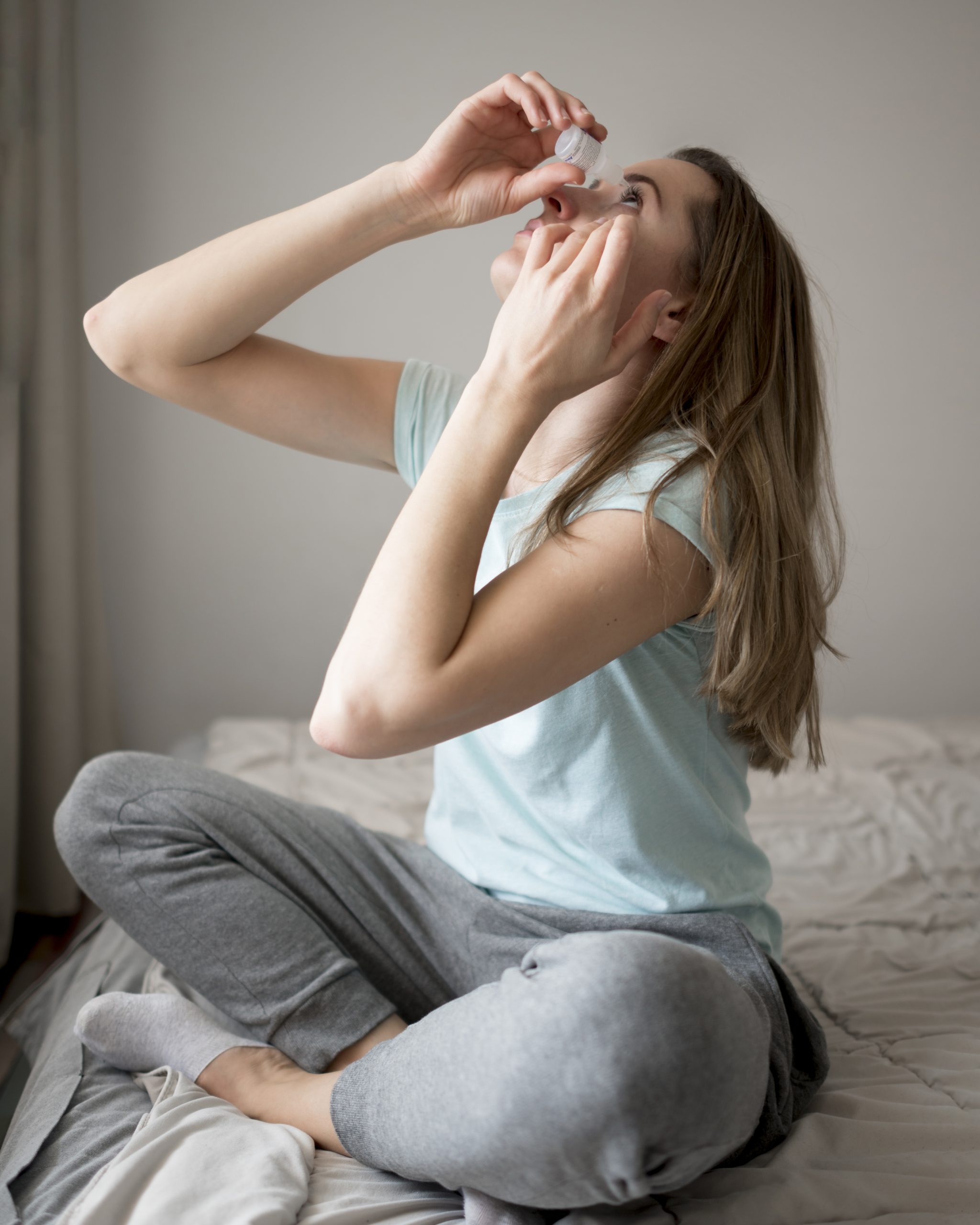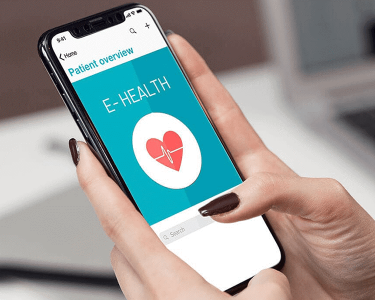Are you experiencing redness, itchiness, and discharge in your eyes? It could be pinkeye, also known as conjunctivitis, a common eye condition that affects millions of people worldwide. While it’s usually associated with bacterial or viral infections, many are wondering if it could also be a symptom of COVID-19. In this blog post, we’ll explore the link between pinkeye and COVID-19 and provide expert insights on how to prevent and treat this irritating eye condition. Let’s dive in!
What is pinkeye?
Pinkeye, or conjunctivitis, is a common eye condition that occurs when the thin layer of tissue covering the white part of your eyes becomes inflamed. The inflammation may be caused by a variety of factors such as allergies, bacterial infections, viruses or irritants like smoke and dust.
There are three types of pinkeye: viral conjunctivitis, bacterial conjunctivitis and allergic conjunctivitis. Viral and bacterial forms are highly contagious while allergic conjunctivitis is not.
The symptoms of pinkeye typically include redness in one or both eyes, itchy or burning sensation in the eyes, excess tearing or discharge that can form crusts around the eyelids especially after sleep.
Pinkeye usually clears up on its own within two to three weeks without any treatment. However, some cases require medications such as antibiotic drops for bacterial infections and antihistamine drops for allergic reactions. In rare cases where there’s severe pain and vision disturbance associated with pinkeye you should seek immediate medical attention.
Common causes of pinkeye
Pinkeye, also known as conjunctivitis, is a common eye condition characterized by inflammation of the conjunctiva or the outer layer of the eye. There are several causes of pinkeye including bacterial and viral infections, allergies, and exposure to irritants such as smoke.
Bacterial pinkeye is caused by bacteria that infects the eyes usually through contact with contaminated hands or objects. This type of pinkeye can lead to more severe symptoms like pus discharge from the eyes.
Viral pinkeye is caused by a virus commonly associated with upper respiratory infections like colds or flu. It typically affects both eyes and spreads quickly among people in close proximity.
Allergic pinkeye occurs when allergens like pollen or dust come into contact with your eyes causing an allergic reaction. Symptoms may include redness, itching, burning sensations and watery discharge from the affected eye(s).
Exposure to irritants such as chemicals, fumes and smoke can also cause pink eye. People who work in industries that expose them to these substances are more prone to develop this type of inflammation.
It’s important to identify what might have caused your pink-eye so you can take necessary precautions for prevention purposes.
Pinkeye and COVID-19
Pinkeye and COVID-19 have been a topic of concern since the pandemic began. While pinkeye, also known as conjunctivitis, is a common eye infection that can be caused by bacteria or viruses, including the coronavirus, it is not considered a primary symptom of COVID-19.
According to experts at the World Health Organization (WHO), while it is possible for COVID-19 to cause pink eye in some patients, it is not one of the most common symptoms. In fact, only a small percentage of people infected with the virus experience any kind of ocular manifestation.
However, this doesn’t mean that you should ignore any signs of pinkeye if you are experiencing other symptoms associated with COVID-19. If you develop redness or swelling in your eyes along with fever or respiratory distress, call your healthcare provider immediately.
Moreover, as per CDC guidelines wearing masks and practicing good hand hygiene can help prevent both pinkeye and COVID-19 infections. It’s important to remember that even though they may not always present together in every case; taking precautions against both illnesses can help keep us all safer during these challenging times.
How to prevent pinkeye
There are several ways to prevent pinkeye, also known as conjunctivitis. One of the most important things you can do is practice good hygiene. This means washing your hands regularly and avoiding touching your eyes with dirty hands.
If you or someone in your household has pinkeye, it’s important to avoid sharing towels, washcloths, and other personal items that could spread the infection. Additionally, make sure to disinfect surfaces like countertops and door handles frequently.
If you wear contact lenses, be sure to follow proper care and cleaning procedures. Avoid sleeping in them or wearing them for extended periods of time without taking breaks.
If you have allergies that contribute to frequent cases of pinkeye, consider talking to your doctor about allergy testing and treatment options. By managing your allergies effectively, you may be able to reduce the frequency and severity of conjunctivitis outbreaks.
When to see a doctor for pinkeye
If you experience any symptoms of pinkeye, it is important to seek medical attention immediately. While most cases of pinkeye are easily treatable, certain underlying conditions can cause severe eye damage if left untreated.
If your pinkeye is accompanied by severe pain or vision changes, it may be a sign of a more serious condition and should be evaluated by an eye specialist. Additionally, if you have a weakened immune system or have been in close contact with someone who has COVID-19, it is imperative that you see a doctor as soon as possible.
Your doctor will perform an examination to determine the cause of your pinkeye and recommend appropriate treatment options. Treatment may include prescription eye drops or ointments, oral medications or home remedies like warm compresses.
Remember that while some cases of pinkeye may resolve on their own without medical intervention, others require prompt treatment to prevent further complications. Don’t hesitate to seek professional help if you suspect something might be wrong with your eyes.
Conclusion
While pinkeye is a common and usually harmless condition, it can sometimes be a symptom of COVID-19. It’s important to pay attention to any other symptoms you may be experiencing and take necessary precautions to prevent the spread of the virus.
If you do experience symptoms of pinkeye or suspect that you may have been exposed to COVID-19, don’t hesitate to seek medical advice from a healthcare professional. By taking quick action and following proper hygiene practices, we can all help reduce the risk of contracting and spreading infections like pinkeye and COVID-19. Stay safe!




